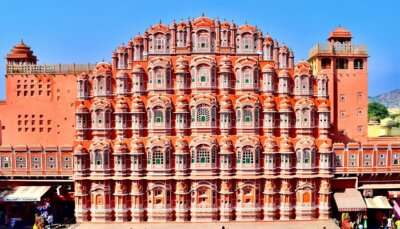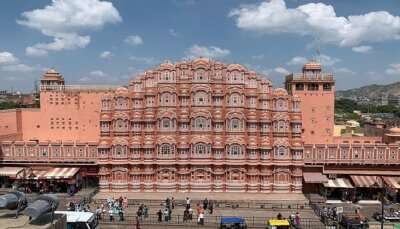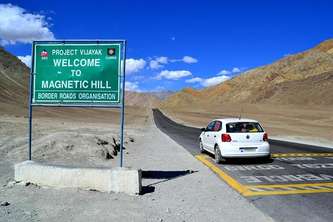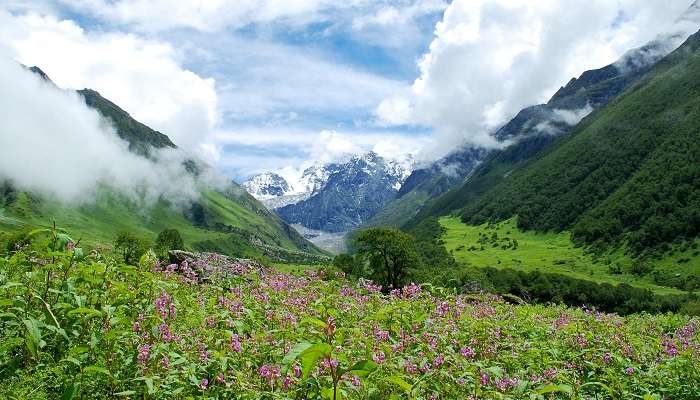Mount Fuji in Japan 2025: Hiking, Significance & Nearby Attractions
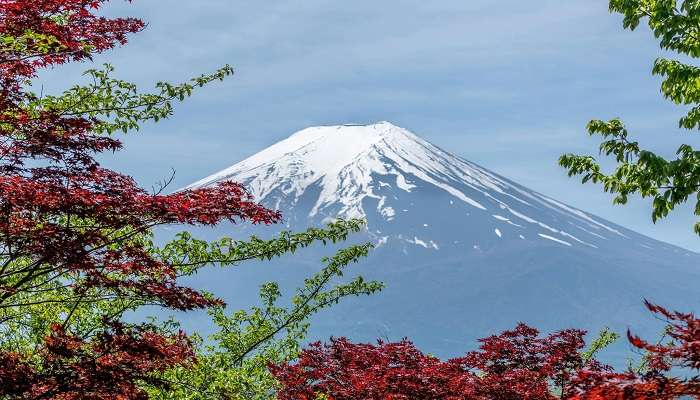
Mount Fuji is Japan’s most famous mountain and a symbol of the country’s natural beauty. Along with Mount Tate and Mount Haku, it is one of Japan’s three sacred mountains, holding deep cultural and spiritual significance. At 3,776 metres, it is also Japan’s tallest peak. Every year, thousands of visitors and hikers come to admire its breathtaking views and experience the adventure of climbing this iconic volcano.
The Majesty of Mount Fuji
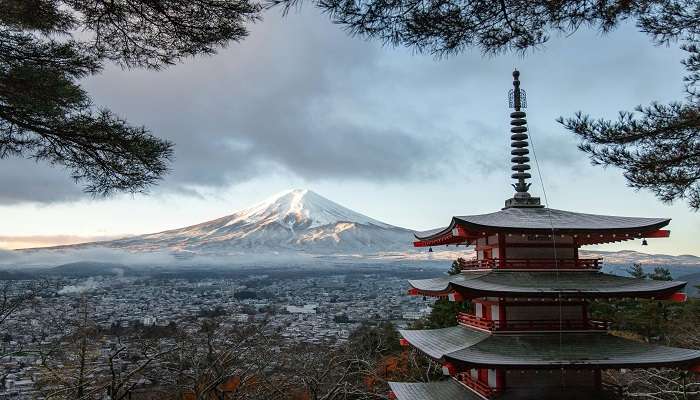
Picture a stunning mountain topped with snow, much like a giant ice cream cone—that’s Mount Fuji! It radiates beauty and is truly unique to Japan. This nearly perfect symmetrical volcano sits southwest of Tokyo and proudly holds the title of the tallest mountain in the country. It has a rich history spanning 100,000 years.
Mount Fuji offers a breathtaking display throughout the seasons, from the delicate pink blooms of cherry blossoms in spring to the lush greenery that defines summer, and the brilliant autumn colors that light up the landscape. Occasionally, you’ll be treated to the mesmerising sight of sunlight sparkling off its snowy peak, resembling scattered diamonds. Adding to its charm are five gorgeous lakes nearby, each providing stunning views of this magnificent natural wonder.
Facts About Mount Fuji in Japan
- Despite its serene appearance, Mount Fuji is an active volcano. Its current symmetrical form was shaped by relatively recent eruptions in its long geological history.
- Although it hasn’t erupted in centuries, scientists maintain close monitoring. The summit features three peaks surrounding a crater, and it experiences surprisingly cold and windy conditions even during summer.
- Revered as a sacred site for ages and a beloved subject in art, Mount Fuji’s global significance has earned it the status of a UNESCO World Heritage Site.
Climbing and Hiking Mount Fuji in Japan
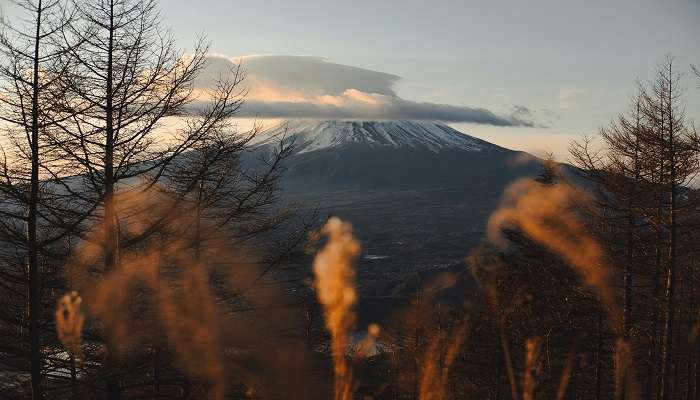
If you like a challenge, you can climb Mount Fuji during the summer (usually July to September). It’s a popular activity in Japan!
Which Way to Go?
Yoshida Trail – The most popular route with easy access and plenty of mountain huts, ideal for first-time climbers.
Fujinomiya Trail – The shortest but steepest path, requiring more physical effort.
Subashiri Trail – A scenic route through forested sections, merging with the Yoshida Trail at higher altitudes.
Gotemba Trail – The longest and most challenging, with fewer huts, suited for experienced hikers seeking a rugged ascent.
Tips for Hiking at Mount Fuji
- Climbing Mount Fuji requires a basic fitness level, so start practicing walking and climbing stairs before you go.
- Wear the Right Clothes because the temperature changes.
- Good hiking boots are a must. Also, bring rain gear, a hat, gloves, and a light for dark weather.
- The air gets thinner as you go up, making you feel sick. To get used to the altitude, take your time and stay overnight in a mountain hut, but book ahead!
- Stick to the paths, don’t climb alone, and check the weather. Bring a small first-aid kit.
- Carry plenty of water and snacks to keep your energy up.
- If you climb the summit at 2.00 am, you could witness the amazing sunrise from the top! It’s called “Goraiko.”
- Be careful when you go down; it can be hard on your knees.
Cultural Significance and Spiritual Importance
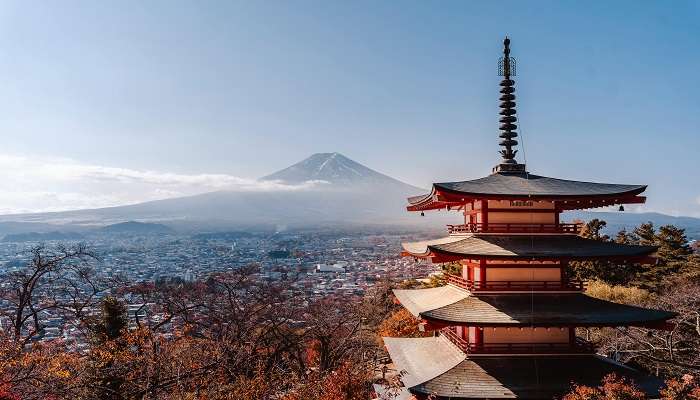
Initially, people thought Mount Fuji was created by an earthquake in 286 BCE. But the real story is much older! Scientists say Mount Fuji started forming 2.6 million years ago, and its first eruptions happened around 700,000 years ago. Today, it is part of Fuji-Hakone-Izu National Park and was named a UNESCO World Heritage Site in 2013.
Mount Fuji isn’t just a mountain—it’s a special symbol of Japan. A famous poet, Matsuo Bashō, once said that its snow-covered peak represents the spirit of Japan. For hundreds of years, this beautiful volcano has inspired artists, writers, and travellers worldwide. It appears in traditional Japanese paintings, poems, and even modern photography. Many people see it as a sacred place, and it has been an important site for pilgrimages. Its perfect shape and majestic presence make it one of Japan’s most treasured landmarks.
Best Time To Visit Mount Fuji
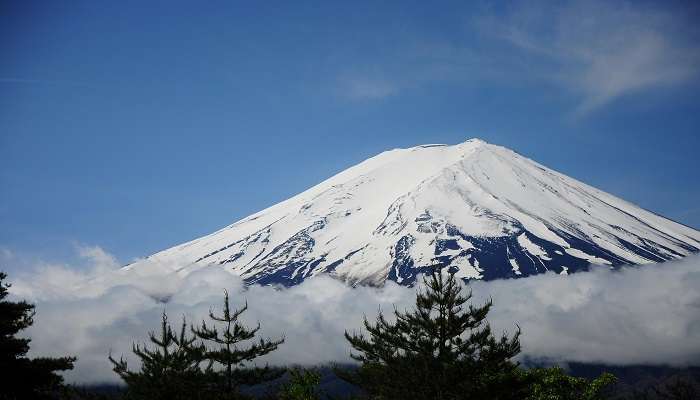
For a better and clearer view, the best time to visit Mount Fuji in Japan is from early June to September, the official climbing season. Obon holidays are considered to be the peak season, which falls in the middle of August.
- Spring (April to May) offers a chance to see Mt. Fuji with pink moss at its base and to celebrate Fuji Shibazakura.
- Summer (June to August) is the best time to climb Mount Fuji.
- Autumn (October) offers a mix of fall foliage and stable weather, providing a good opportunity to witness the majestic beauty of Mt. Fuji.
Unique Experiences
Fuji Five Lakes Region
Located at the foot of Mt. Fuji, the Fuji Five Lakes Region is a picturesque area comprising five stunning lakes: Kawaguchi, Yamanaka, Sai, Motosu, and Shoji. Each lake offers breathtaking views of Mt. Fuji.
Scenic Boat Tour
Take a relaxing boat tour on Lake Kawaguchi or Lake Yamanaka, and enjoy the majestic views of Mt. Fuji from a different perspective. The scenic boat tour offers a serene and peaceful experience.
Relax at a Natural Hot Spring (Onsen)
After conquering Mt. Fuji, treat yourself to a rejuvenating experience at a natural hot spring, also known as an onsen.
How To Reach Mount Fuji in Japan

By Bus:
The trip from Shinjuku Highway Bus terminal to Mount Fuji 5th Station (Kawaguchiko area) takes approximately 2 hours and is one of the most convenient travel methods.
By Train:
Alternatively, you can take local trains, Shinkansen (Bullet train), or the Tokaido Shinkansen from Tokyo Station to Shin-Fuji Station. Consider booking your tickets in advance. Additionally, there is the Fuji Excursion Limited Express Train, from JR Shinjuku Station to Kawaguchiko Station.
*Note: JR Rail Pass is not accepted on the Fuji Kyuko Line.*
Conclusion
Mount Fuji in Japan has inspired countless generations of artists, writers, and spiritual seekers. There is something profoundly moving about standing before Mount Fuji’s towering presence. It’s as if the mountain’s ancient, timeless energy speaks directly to our souls, reminding us of the beauty, wonder, and mystery beyond our everyday lives. Plan a trip to Japan and experience the sense of awe and wonder.
For our editorial codes of conduct and copyright disclaimer, please click here.
Cover Image Source: Pexels
FAQs about Mount Fuji in Japan
Why is Mount Fuji famous?
Mount Fuji is famous for its iconic symmetrical cone shape, cultural significance, and status as Japan's highest peak, attracting tourists, artists, and climbers from around the globe.
Where is Mount Fuji located?
Mount Fuji is located on Honshu Island, about 100 kilometers southwest of Tokyo. It straddles the border of Shizuoka and Yamanashi prefectures, making it easily accessible for visitors.
How was Mount Fuji formed?
Mount Fuji was formed through a series of volcanic eruptions over thousands of years, with its current cone shape resulting from the most recent eruption, which occurred in 1707.
Is Mount Fuji active?
Mount Fuji is currently classified as an active volcano, having erupted last in 1707, though there's no imminent threat of eruption, and it's closely monitored for any signs of activity.
What are some places to visit near Mount Fuji?
Nearby attractions include the Fuji Five Lakes, Lake Kawaguchi, and the hot springs of Hakone. Visitors can enjoy hiking, sightseeing, and exploring traditional Japanese culture in the surrounding towns.
What are things to do around Mount Fuji?
Activities around Mount Fuji include hiking to the summit, visiting scenic viewpoints, exploring the Fuji Five Lakes, and experiencing local festivals, hot springs, and cultural sites for a traditional Japanese experience.
People Also Read:
Lai Chau Blue Mountains Mount Paektu

Experience the world through captivating stories of adventure and travel. As a senior content writer, I bring my passion for exploration to life, crafting tales that take you on a journey. With my words, you’ll feel the thrill of discovery and the joy of experiencing new cultures. Let me turn your imagination into a reality with stories that inspire you to explore and embrace the world.



